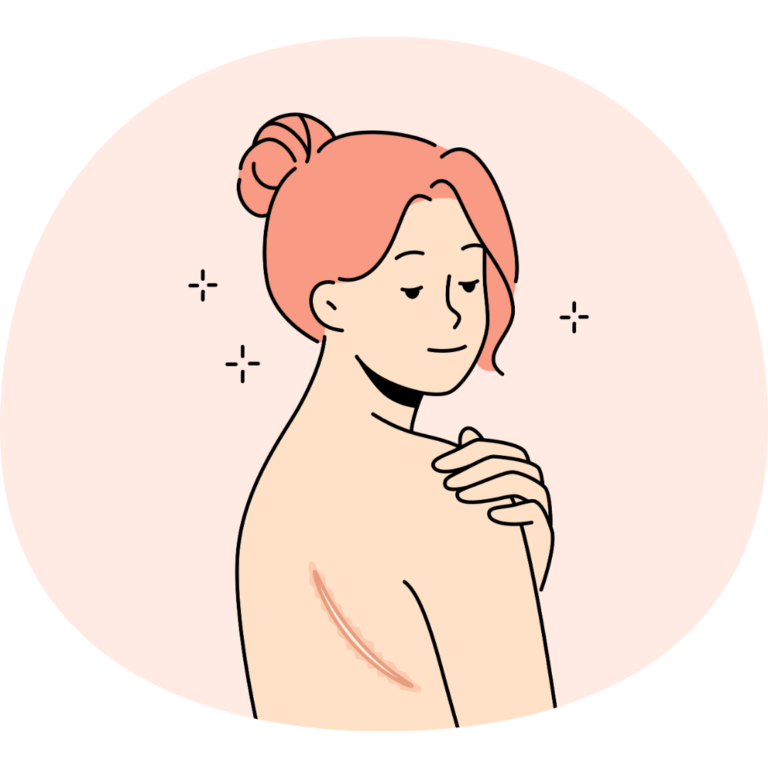Since the existence of humanity, roles have been placed upon everyone in every circumstance. These roles have evolved into expected roles; in this era, it is uncommon for one to fall from these norms. This can lead to a sense of confinement or limitation for individuals who don’t fit neatly into these expected roles. While societal norms provide structure and predictability, they can also stifle creativity, individuality, and personal fulfillment.
Since the 1800s, female roles have been quite prominent. From magazines to popular novels, women were expected to be gentle, caring, and beautiful. Women and girls are expected to dress in typically feminine ways and be accommodating; making demands was not flattering on them, and they are typically known to be subordinate.
This is quite contrasting from males who are expected to be strong, aggressive, and bold. They are known to be the protectors and generally feel restricted in their roles. They are consistently told to be strong and feel it difficult to express their emotions freely, as they are told that as a man, it isn’t okay to cry.
Sex stereotyping can limit the development of the natural talents and abilities, women and men, their educational and professional experiences as well as life opportunities in general (“Combating Gender Stereotypes and Sexism”).
Research has shown that gender can influence the prevalence and presentation of several mental health disorders, such as depression and anxiety (The Pennsylvania State University). In addition to this, societal expectations and gender roles create these burdensome societal expectations and gender roles that contribute to mental health issues. The pressure to conform to traditional gender roles is detrimental to one’s health.
Breaking away from these norms can be challenging; many find that once they break free from these norms, they will face criticism, discrimination, or even ostracism. However, it can also lead to personal growth, authenticity, and the discovery of new possibilities. Embracing diversity and supporting individuals in exploring non-traditional roles can enrich society by fostering innovation and inclusivity.
How to come to terms with your identity? Things to remember along with tips!
- Be confident! It might be difficult to come to terms with the fact that you don’t exactly fit in with the roles and expectations. You are unique.
- Don’t feel pressured. Remember, you want to live your life for you. Give your own happiness and wellbeing priority.
- Watch famous celebrities break their gender’s expectations and allow them to give you confidence.
- Make sure to surround yourself with supportive people. Seek out members and communities that accept you for who you are.
- Continue to explore your interests even if they don’t fit in with your traditional expectations for your gender.
- Seek professional help if needed. If you are genuinely struggling with your identity or facing mental health challenges related to the gender burden you feel on yourself, consider seeking counseling.
- Educate yourself. Understanding the history of gender roles can help empower you to take the next step in breaking barriers.
Written By: Siri Munnuluri, Mental H2O Youth Resource Writer


